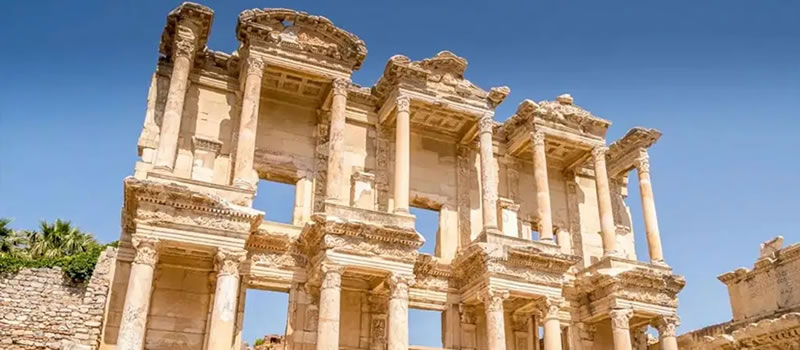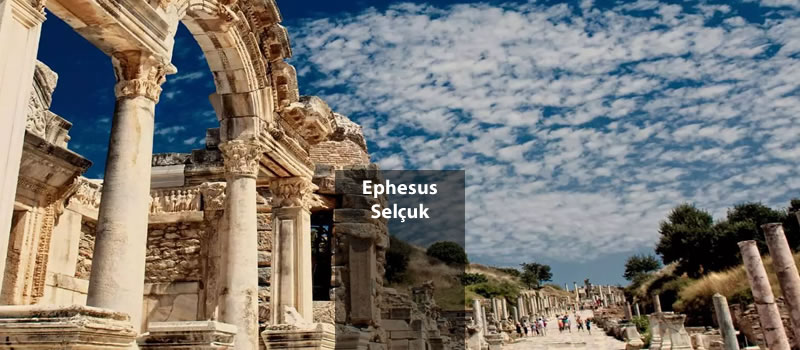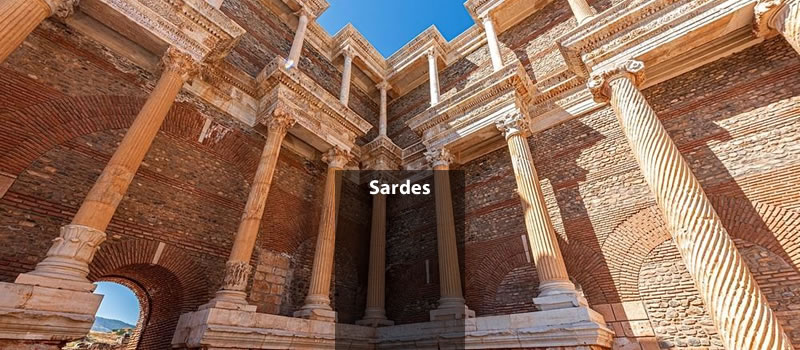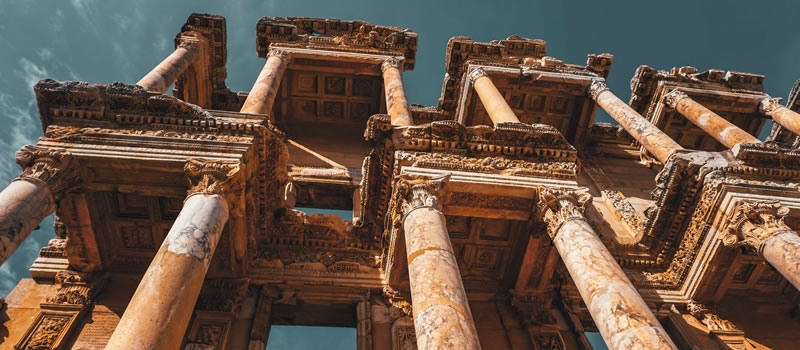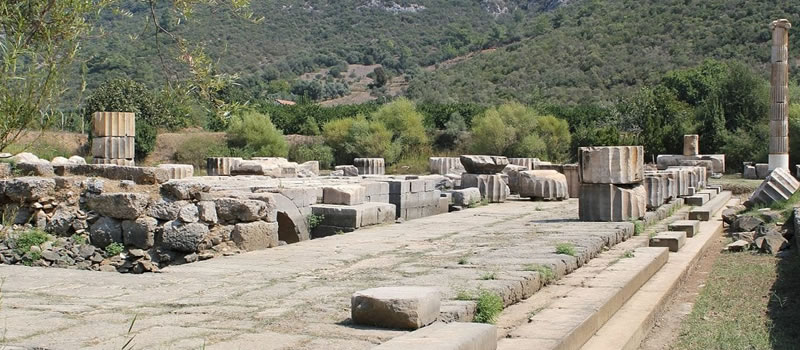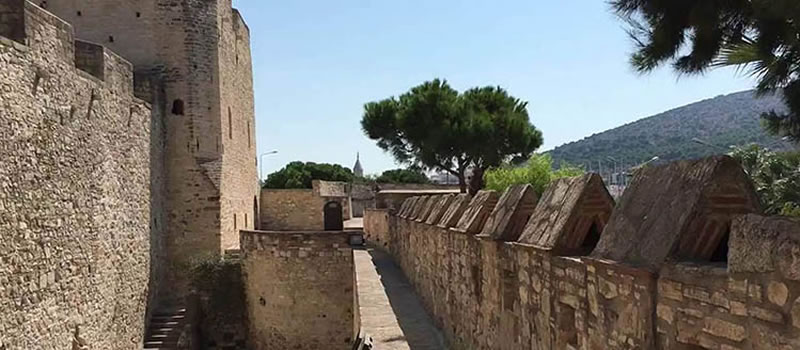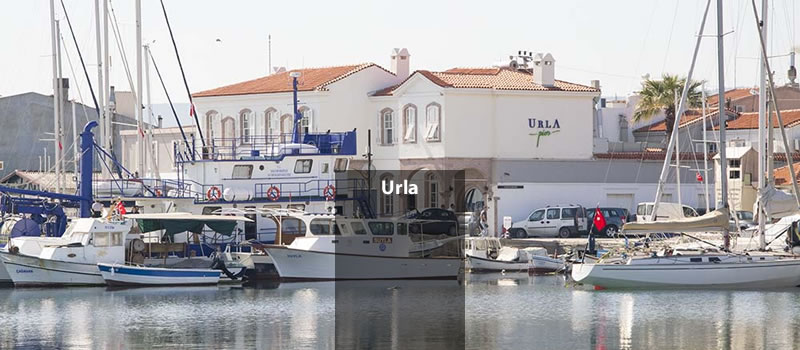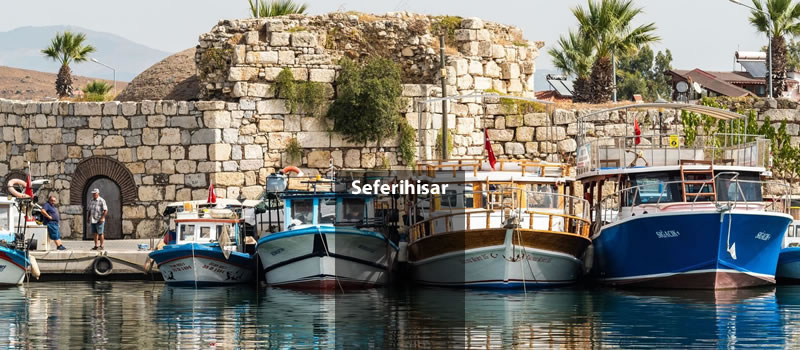Pergamon Ancient City A Journey Through the Depths of History
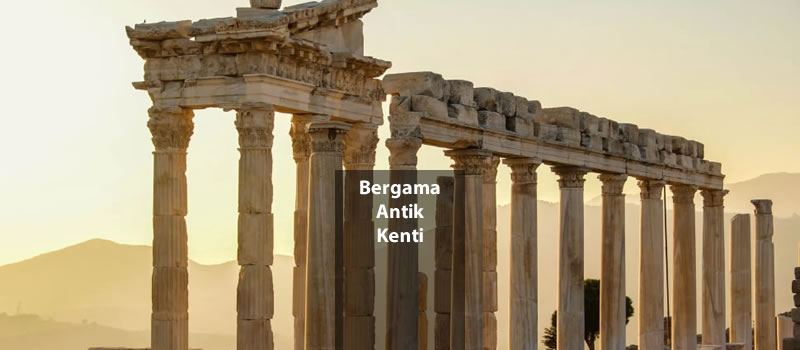
The ancient city of Pergamon, located in Western Anatolia, north of İzmir, and boasting a rich cultural heritage that dates back to the 3rd millennium BC, is a site of immense historical significance. Today, it is listed as a UNESCO World Heritage Site. Throughout history, Pergamon has hosted numerous civilizations, particularly shining during the Hellenistic period as the capital of the Kingdom of Pergamon, serving as a major political and cultural center.
The history of Pergamon reached its zenith during the Hellenistic period, especially after the division of Alexander the Great's empire, with the rise of the Kingdom of Pergamon. Governed by the Attalid dynasty from 281 BC to 133 BC, the city became a hub of art and science during this era.
The most famous king, Attalus III, bequeathed Pergamon to Rome, integrating it into the Roman Empire, where it continued to hold its significance. During the Roman era, Pergamon served as the capital of the Asian province, remaining an essential political and religious center.
The Acropolis of Pergamon, situated at the city's highest point, houses several significant structures. Among these is the multi-tiered structure known to have included the Altar of Zeus, which is considered one of the seven wonders of the ancient world.
Located to the south of Pergamon, the Asclepieion was the center of medicine in ancient times. This large health complex was dedicated to Asclepius and served as both a temple and a treatment center where illnesses were cured.
Found in the city center of Pergamon and named after its red-colored bricks, the Red Basilica was constructed in the 2nd century AD. Used for religious rituals during the Roman period, its impressive architecture continues to captivate visitors today.
The ancient city of Pergamon, with its rich history and impressive archaeological sites, carries the secrets of the past into the present. Each year, many local and international tourists visit this ancient city, embarking on a journey through the dusty pages of history. Pergamon holds great significance in the preservation and transmission of cultural heritage to future generations.The history of Pergamon reached its zenith during the Hellenistic period, especially after the division of Alexander the Great's empire, with the rise of the Kingdom of Pergamon. Governed by the Attalid dynasty from 281 BC to 133 BC, the city became a hub of art and science during this era.
The most famous king, Attalus III, bequeathed Pergamon to Rome, integrating it into the Roman Empire, where it continued to hold its significance. During the Roman era, Pergamon served as the capital of the Asian province, remaining an essential political and religious center.
The Acropolis of Pergamon, situated at the city's highest point, houses several significant structures. Among these is the multi-tiered structure known to have included the Altar of Zeus, which is considered one of the seven wonders of the ancient world.
Located to the south of Pergamon, the Asclepieion was the center of medicine in ancient times. This large health complex was dedicated to Asclepius and served as both a temple and a treatment center where illnesses were cured.
Found in the city center of Pergamon and named after its red-colored bricks, the Red Basilica was constructed in the 2nd century AD. Used for religious rituals during the Roman period, its impressive architecture continues to captivate visitors today.





